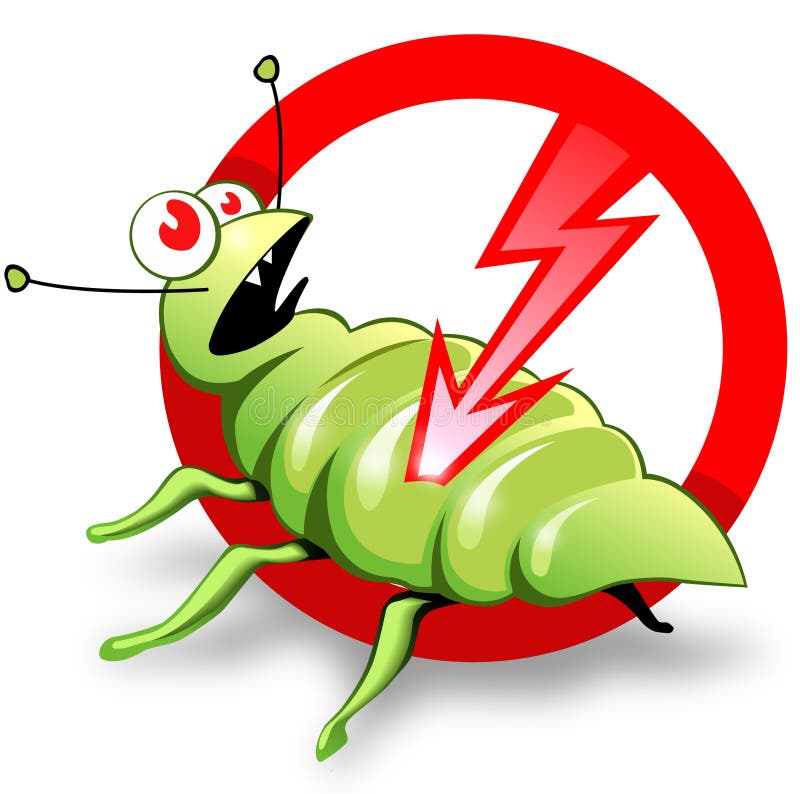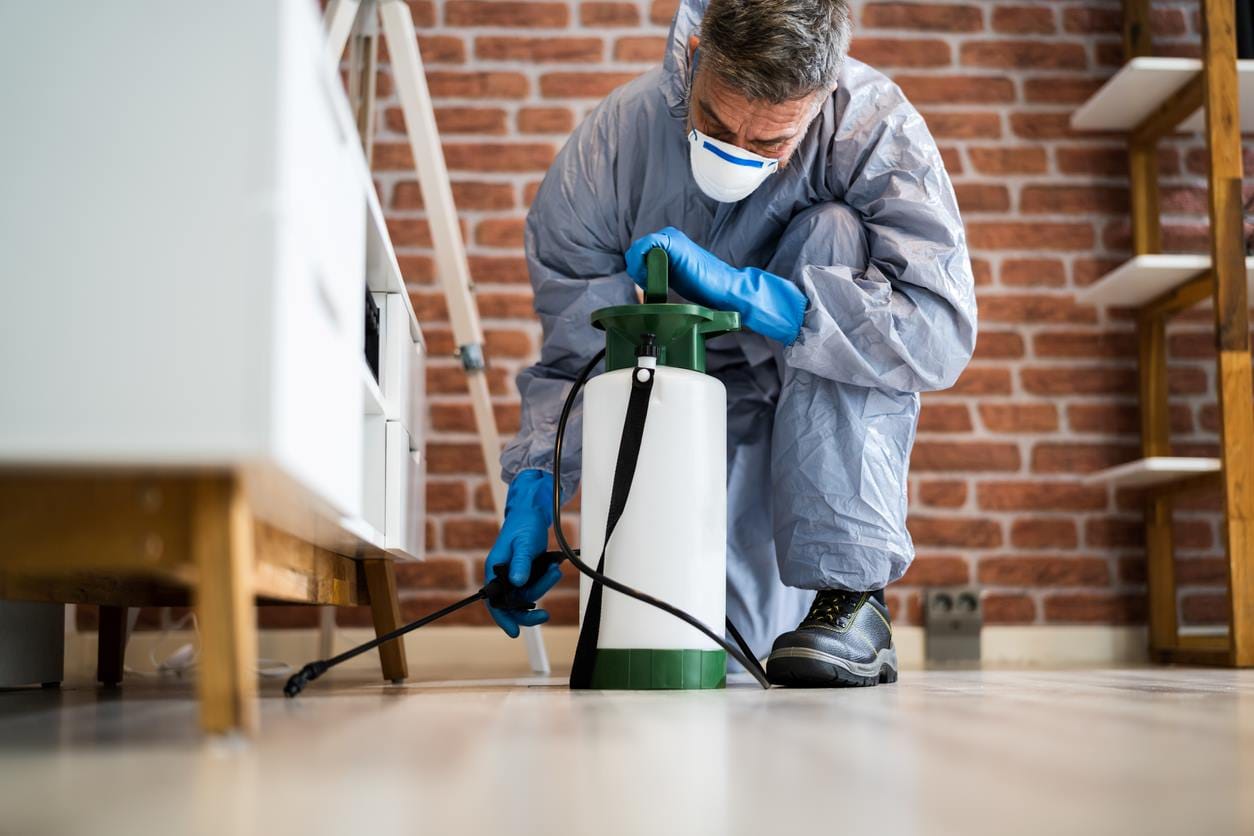Exploring Problem and Treatment Strategies worldwide of Parasite Control
The landscape of pest control incorporates a myriad of obstacles, particularly as invasions of usual house bugs continue to develop. By integrating precautionary steps with sophisticated management techniques, such as Integrated Parasite Monitoring (IPM), homeowners can much better secure their settings.

Typical House Vermin
When it concerns handling our space, recognizing common family insects is vital. These bugs not only disrupt our comfort however can likewise pose health and wellness threats and damages home. The most widespread house insects include ants, cockroaches, rats, termites, and bed insects.
Ants, typically seen foraging in kitchen areas, can contaminate food and develop big swarms. Cockroaches, understood for their resilience, can cause allergies and spread virus. Rats, consisting of mice and rats, can cause structural damage and bring diseases like hantavirus and salmonella. Termites, commonly described as "quiet destroyers," can endanger the integrity of wooden frameworks, causing expensive fixings. Bed insects, although not disease carriers, can trigger significant pain with their attacks and lead to psychological distress.
Acknowledging the signs of these bugs, such as droppings, nests, or attack marks, is important for very early treatment (Pest Control Lockhart). Appropriate sanitation techniques, securing entrance factors, and maintaining a clutter-free atmosphere are effective preventative measures. By identifying these common household parasites and comprehending their actions, home owners can take proactive actions to alleviate infestations, ensuring a much healthier living setting
Recognizing Parasite Infestations
Insect problems can rise promptly, transforming a minor annoyance right into a substantial problem if not dealt with immediately. Common elements adding to problems consist of inadequate cleanliness, architectural vulnerabilities, and seasonal modifications that drive pests indoors.
Identifying the kind of bug is essential, as different species exhibit diverse behaviors and reproductive rates. As an example, rats might establish nests in hidden locations while pests like cockroaches grow in damp environments. Early detection commonly rests on identifying signs such as droppings, gnaw marks, or uncommon noises, which can suggest an issue prior to it comes to be serious.
Cozy, damp environments can promote the quick growth of parasite populaces, while modifications in landscaping or building and construction can accidentally produce conducive atmospheres. An enlightened strategy to understanding these dynamics lays the groundwork for effective bug monitoring strategies in the future.
Treatment Approaches and Methods
Effective treatment methods and strategies are crucial for mitigating pest invasions and restoring a risk-free atmosphere. A complex method is frequently best, incorporating chemical, biological, and mechanical methods customized to the specific parasite and the severity of the infestation.
Chemical treatments consist of using insecticides and herbicides, which can properly get rid of bugs. Nevertheless, proper application and adherence to security guidelines are essential to minimize threats to people and non-target organisms. Integrated Insect Monitoring (IPM) encourages the wise use chemicals as a last hotel, counting rather on surveillance and limit levels to establish treatment needs.
Organic control techniques entail introducing all-natural killers or bloodsuckers to lower insect populations. This technique is progressively preferred, specifically in agricultural setups, as it advertises ecological sustainability.
Mechanical techniques, such as traps and barriers, provide prompt remedy for bugs without introducing chemicals. Choices include sticky traps for bugs or physical obstacles for rats.
Inevitably, the selection of therapy approach must think about the specific bug, the setting, and possible effect on human wellness and communities. A well balanced combination of these strategies can successfully take care of infestations while promoting lasting pest control remedies.
Precautionary Procedures for Homes
Proactively dealing with insect concerns before they escalate is essential for keeping a healthy home atmosphere (Pest Control Lockhart). Applying effective safety nets can substantially lower the probability of invasions, eventually safeguarding both your building and health

Appropriate landscaping also plays an essential role in prevention. Keeping hedges and trees cut away from your home reduces the opportunities of parasites locating their method indoors. Additionally, make certain that over at this website drain systems are operating successfully to avoid standing water, which can attract insects and other bugs.
Lastly, regular assessments are advisable. Consistently checking for indicators of pest activity allows for very early treatment. By adopting these preventative steps, homeowners can create an environment that is much less congenial to parasites, therefore improving their total lifestyle and minimizing the need for substantial parasite control interventions.
Business Parasite Control Strategies
An extensive approach to industrial bug control is essential for organizations intending to maintain a risk-free and sanitary atmosphere. Reliable strategies include a mix of regular assessments, employee training, and the application of Integrated Insect Management (IPM) techniques.
Normal assessments make it possible for early discovery of pest task, permitting timely treatment. Services must establish a regular timetable for these evaluations, you can find out more concentrating on risky areas such as kitchen areas, storeroom, and waste disposal sites. Worker training is similarly essential; personnel should be educated on the signs of parasite infestations and the importance of reporting them promptly.
Carrying out IPM methods aids minimize bug problems sustainably. This includes habitat alteration, such as sealing access factors and lowering mess, in addition to using all-natural deterrents prior to considering chemical treatments.

In addition, collaborating with a qualified insect control provider makes sure accessibility to specialist understanding and sophisticated treatment options. This collaboration can lead to tailored parasite control plans tailored to the details needs of the business, minimizing dangers and boosting total efficacy. Eventually, a proactive and informed method fosters a pest-free setting, protecting both public health and service online reputation.
Conclusion
In verdict, effective pest site link control demands a comprehensive understanding of usual house insects and their actions, combined with targeted therapy methods. Carrying out precautionary procedures alongside therapy strategies such as Integrated Pest Management and organic control enhances the capability to alleviate invasions.